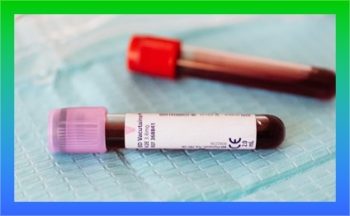Lately, I've been using some new testing methods in my programs, particularly hair analysis. This has prompted many clients to ask, "Why not just do a blood test?" Today, I want to share why it’s essential to look beyond blood tests.
Let’s take a common scenario: you’re feeling fatigued and experiencing heavy bleeding, so your doctor suggests a blood test for iron deficiency. The results either confirm low iron levels, usually leading to a prescription for supplements. Or they show normal levels, leaving you with unanswered questions.
Blood tests only capture a brief moment in time, often reflecting just a few days’ worth of data. While it’s crucial to have adequate iron in the blood to transport oxygen, we also need to ensure that this iron reaches the tissues where it’s most needed.
Let me use an analogy to explain. Imagine a large group of people standing at a bus stop, waiting to get on the bus. The people are the nutrients in your diet, the bus is your blood stream. The people are waiting for the bus because they need to get to their destination – organs and tissues in the body that need the nutrients to function optimally.
When you check who’s on the bus at the next stop (the blood test) you can see who’s on the bus, but you don’t know if they’ll ever reach their destination! Nutrients like iron and vitamins may be present in the blood, but their journey to vital organs, bones, or even the brain isn’t guaranteed.
On the flip side, if a blood test reveals a deficiency, it may be that nutrients aren’t even making it onto the bus in the first place – there may be a problem with nutrient absorption.
This is where hair analysis comes into play. Unlike a blood test, which offers a brief glimpse, hair analysis provides a longer-term view of your nutrient status. The hair shaft acts like a time capsule, reflecting the nutrients that have made it into your tissues over time. And hair grows about a centimetre a month, meaning a few centimetres of hair can reveal several months of data.
For example, in my fertility program, I use a hair tissue mineral analysis test. Minerals are vital for growth, healing, and overall vitality, playing roles in everything from nerve function to enzyme activity. Since chronic conditions like Endometriosis often deplete these minerals, a hair analysis can be a powerful tool to assess long-term nutrient status and guide our approach to restoring balance.
Hair analysis also sheds light on food intolerances by revealing how your body reacts to specific foods over time.
So, while blood tests have their place, they’re only part of the picture. Hair analysis provides a more comprehensive view, helping us ensure that nutrients are not just present in the blood but are also reaching their destinations in the body where they can truly make a difference in your health and well-being.
And another big benefit: no needles involved!
If you’d like to have a chat about how hair testing can help you get a clearer picture of what’s going on and how to adjust your diet, book a complementary Endometriosis SOS Call: https://theendometriosisnutritionist.online/endometriosis-sos-call/
